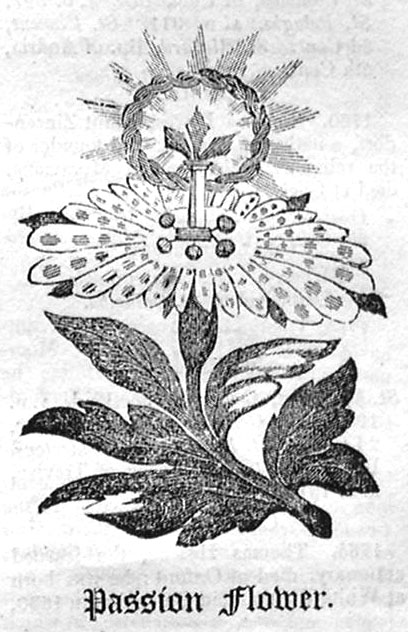June 8.
St. Medard, Bp. 6th Cent. St. Gildard, or Godard, Bp. A.D. 511. St. Maximinus, 1st Cent. St. William, Abp. of York, A.D. 1154. St. Clou, or Clodulphus, Bp. A.D. 696. St., Syra, 7th Cent.
Thimble and Pea.
On the 8th of June, 1825, a publican in the neighbourhood of Whitechapel was charged at the Public Office, Bow-street, by Mr. John Francis Panchaud, a foreigner, with having, in conjunction with several other persons, defrauded him of a 10l. note, at Ascot Heath race-course, on the Thursday preceding. The alleged fraud, or robbery, was effected by means of an unfair game known among the frequenters of races and fairs by the name of "the thimble rig," of which J. Smith, the officer, this day gave the following description to Mr. Minshull, in order that the worthy magistrate might perfectly understand the case:— A gang of seven or eight, or more, set up a table, but they all appear strangers to each other, and unconnected with the game, except one who conducts it, and who appears to be the sole proprietor. This master of the ceremonies has three thimbles, and is provided with a number of peas, or pepper-corns. He puts one under each thimble, or perhaps only under one or two, as the case may be. He then offers a bet as to which thimble a pepper-corn is or is not under, and offers at first such a wager as is eagerly taken by those round the table, and he loses. He pays the losings freely, and the other members of this joint-stock company affect to laugh at him, as what they call a "good flat." Having thus drawn the attention, and probably excited the cupidity of a stranger, who appears to have money, they suffer him to win a stake or two, and get him to increase his bets. When he seems thoroughly in the humour, the master of the table lifts a thimble, under which is a pepper-corn, and turning his head aside to speak to some one, he suffers the corn to roll off; and, seeming to be unconscious of this, he replaces the thimble, and offers bets to any amount that there is a corn underneath that particular thimble. The stranger having seen the corn roll off "with his own eyes," as the phrase is, chuckles to himself, and eagerly takes the bet; the thimble is removed, and behold!—there is a pepper-corn under it still, the fellow having dexterously slipped another under it when the first rolled off the table. "So that the plain fact is, sir," continued Smith, "that the stranger, fancying he is taking in the master of the table, cheerfully stakes his money with a dead certainty, as he supposes, of winning, and he finds that he has been taken in himself." Smith said, he had known instances of gentlemen getting from their carriages, and in a few moments ridding themselves of 20l. or 30l., or perhaps more, and going off wondering at their folly, and looking uncommon silly.
It appeared that Mr. Panchaud went up to one of these tables, at which the defendant and many others were playing, and after winning two or three times, the trick above described was commenced. The conductor of the game offered a bet of 5l., and Mr. Panchaud having seen the pepper-corn roll off, took the wager, and put down a 10l. note. In a moment after there was a general hustling, the table was upset, and the whole party speedily disappeared, together with the 10l. note. When the bet was offered, the defendant, who stood next to him, jogged his elbow, and said eagerly, "Bet him, bet him; you must win, the ball is under our feet." Mr. Panchaud had no doubt, from his whole manner, that the defendant was concerned with the others in the trick. The case stood over for further investigation. It is only mentioned here for the purpose of showing a species of slight of hand continued in our own times to defraud the unwary.
FLORAL DIRECTORY.
Moneywort. Lysimachia nummularia.
Dedicated to St. Medard.Passion Flower.
This flower, says the elegant author of the Flora Domestica, derives its name from an idea, that all the instruments of Christ's passion are represented in it.
The above engraving from an ancient print, shows the curious distortion of the flower in those parts whereon the imagination has indulged. The original print bears an inscription to this effect; that nature itself grieves at the crucifixion, as is denoted by the flower representing the five wounds, and the column or pillar of scourging, besides the three nails, the crown of thorns, &c.
Most of the passion-flowers are natives of the hottest parts of America. The rose coloured passion-flower is a native of Virginia, and is the species which was first known in Europe. It has since been, in a great measure, superseded by the blue passion-flower, which is hardy enough to flower in the open air, and makes an elegant tapestry for an unsightly wall. The leaves of this, in the autumn, are of the most brilliant crimson; and, when the sun is shining upon them, seem to transport one to the gardens of Pluto.*[1]
